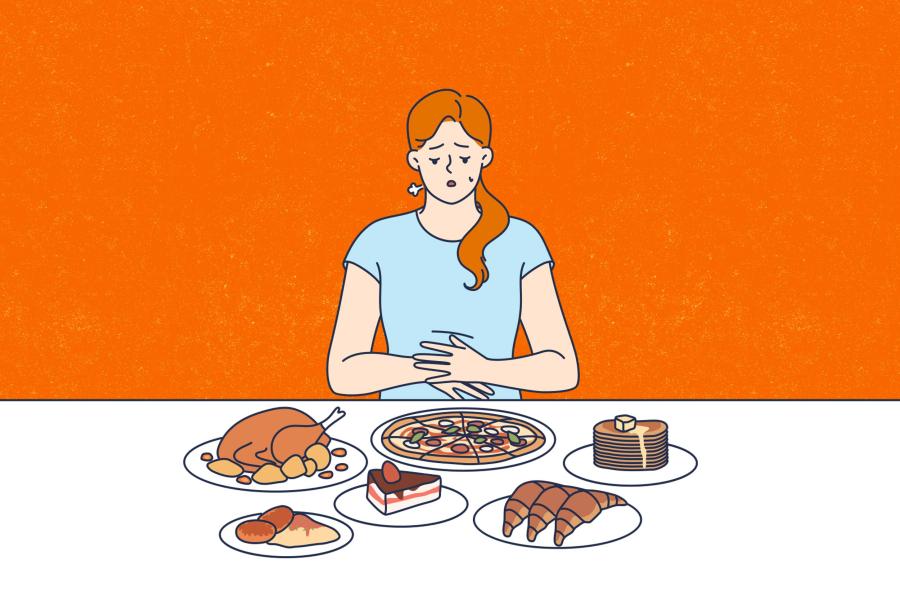With Thanksgiving a week away, people around the country are preparing to head home to break bread with family and friends.
The familiar is a staple of the holiday. Beautiful tables are set, people reflect on what they are thankful for and family recipes are trotted out.
It’s estimated 46 million turkeys are devoured on Thanksgiving Day alone. The very American menu also includes mashed potatoes and gravy, green beans, stuffing, cranberry sauce, and pumpkin pie for dessert.
The aromas of Thanksgiving food are as enjoyable as the tastes, and one cannot be fully enjoyed without the other.

Steven Munger, left, and Dr. Jose Mattos are co-directors of UVA’s Center for Smell and Taste, which opened last January. (Contributed photo)
“This is where smell and taste work together and your brain puts that information together with food or drink to give you the overall perception of the food,” said Steven Munger, co-director of the University of Virginia’s Center for Smell and Taste Disorders. “It’s really, really critical for enjoying food, for making it more palatable.”
Smell is one of the five basic senses children learn about in early elementary school, along with sight, hearing, touch and taste.
Much of taste is innate, Munger said. If you give a baby sugar, they immediately experience it as pleasurable. If you give a baby something bitter, perhaps a slice of lemon, they pucker their lips and make a face, signaling distaste.
Smell, Munger said, is a learned sense. You can detect a smell, but people learn to interpret its meaning.
“If you’re thinking about Thanksgiving dinner, the smell of the turkey ... you weren’t born knowing that roasted turkey was tasty – if you like it – and was associated with family, was associated with the holiday,” he said. “Your system is set up to take those odors and learn about them and create and pair them with the memories.”










